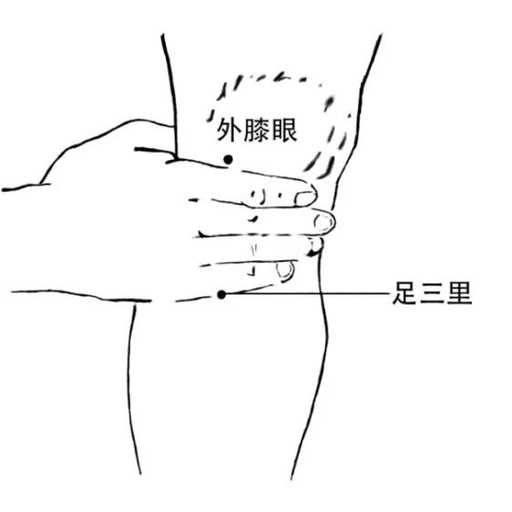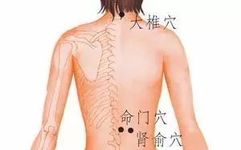Moxibustion on a Specific Acupuncture Point to Enhance Qi and Blood, Revitalize Your Glow!
In this fast-paced era, the term “health preservation” has surged in popularity, becoming a key phrase in people’s pursuit of a healthy lifestyle. From the office trend of Goji berry tea to the millions of views on short video platforms for Ba Duan Jin (Eight Pieces of Brocade) exercises, and the nationwide participation in “Three … Read more









